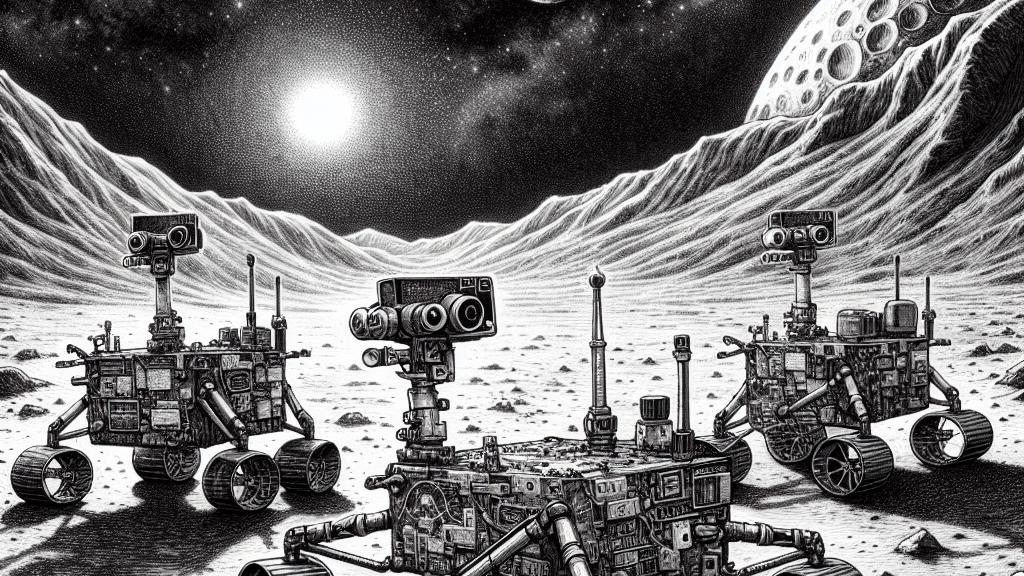NASA's Mini Rovers Ready for Adventure on the Moon
Overview
- Three groundbreaking mini rovers embark on an exciting lunar journey.
- The innovative CADRE project showcases robots collaborating autonomously.
- Future missions may revolutionize lunar exploration with robots supporting astronauts.

A New Era of Robotic Exploration Begins
Imagine this: a trio of mini rovers zooming across the Moon, working together as a team to uncover its secrets! That’s precisely what NASA is preparing for with its remarkable CADRE (Cooperative Autonomous Distributed Robotic Exploration) project. These mini marvels are designed to autonomously traverse the Reiner Gamma region, a fascinating lunar area. Unlike typical rovers that rely heavily on human operators back on Earth, these little robots are engineered to think and act for themselves—how cool is that? They will collect vital data and capture stunning images, potentially revealing mysteries that have puzzled scientists for decades!
Teamwork: The Heart of the Mission
Let’s talk about what makes these rovers truly special—their ability to work harmoniously together! Think back to your favorite sports team, coordinating their skills to achieve a common goal. Similarly, the CADRE rovers are equipped with cutting-edge technology, including sophisticated cameras and ground-penetrating radar. For instance, when one rover identifies a peculiar rock formation, it can share this discovery with its partners, who will explore further. This collaborative approach means they'll cover more ground and gather richer data—like detectives unraveling the Moon’s hidden secrets! This teamwork model could set a precedent for how we conduct future explorations both on the Moon and beyond.
Shaping the Future of Lunar Exploration
Now, what if I told you that the success of the CADRE mission could completely transform lunar exploration? Picture this: astronauts on the Moon working side by side with these autonomous rovers, each playing a crucial role in their shared mission. The rovers could take on challenging tasks, from conducting experiments to mapping uncharted territories, which would allow astronauts to devote their energies to more complex objectives, such as scientific research and specimen collection. This partnership holds immense promise, not only for gathering valuable data but also for enhancing the safety and efficiency of lunar missions. We are standing on the brink of a thrilling new chapter in space exploration!

Loading...